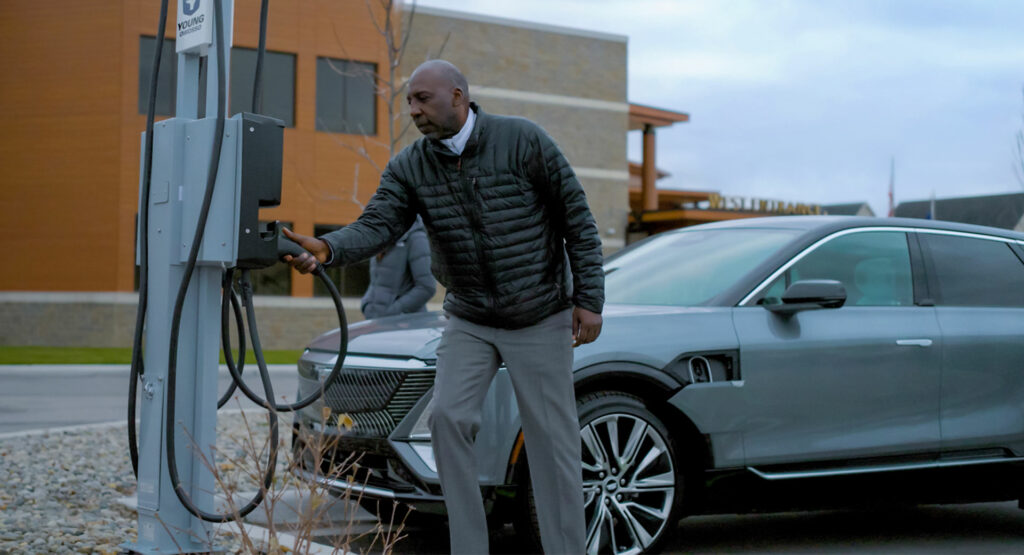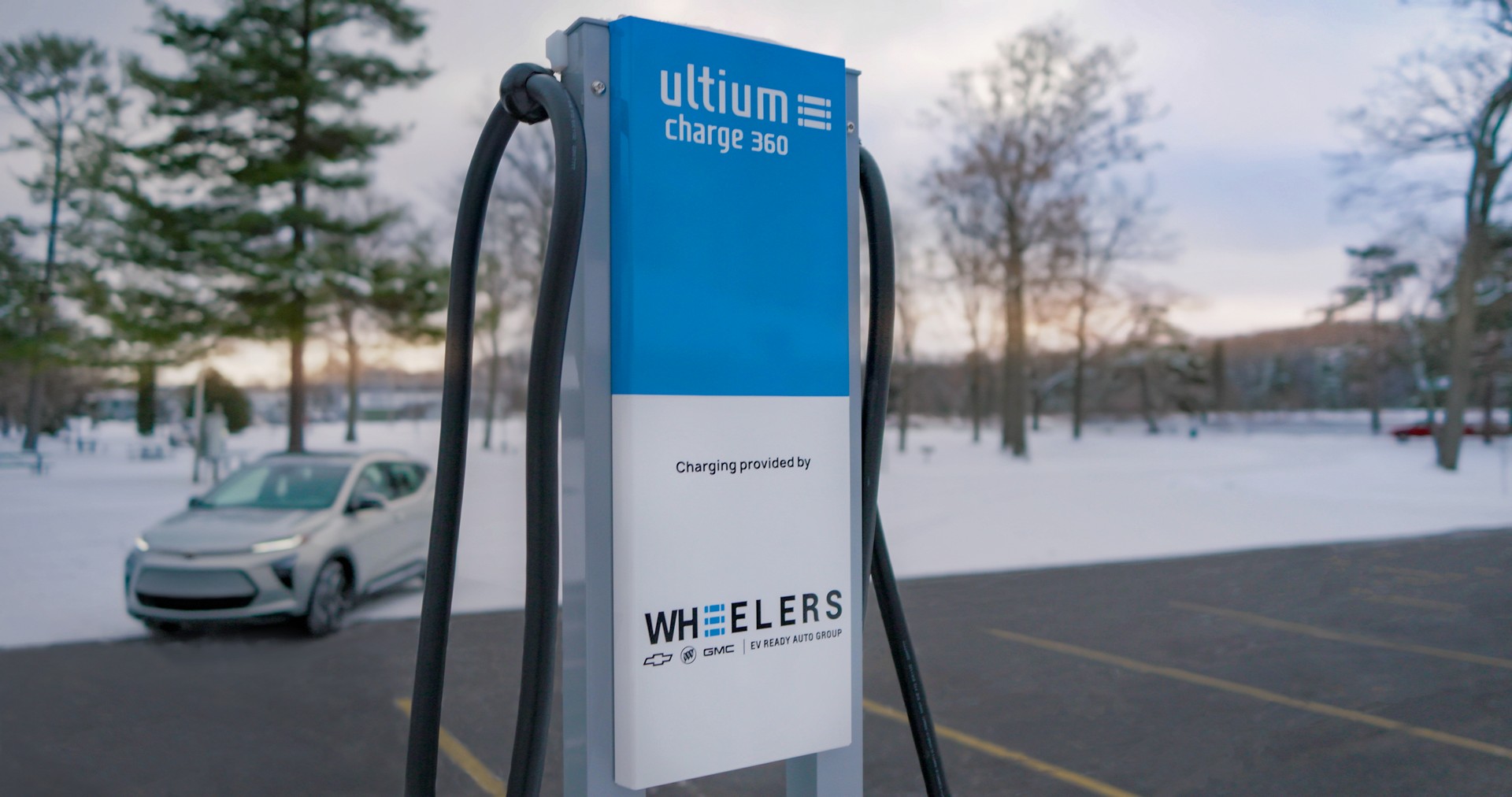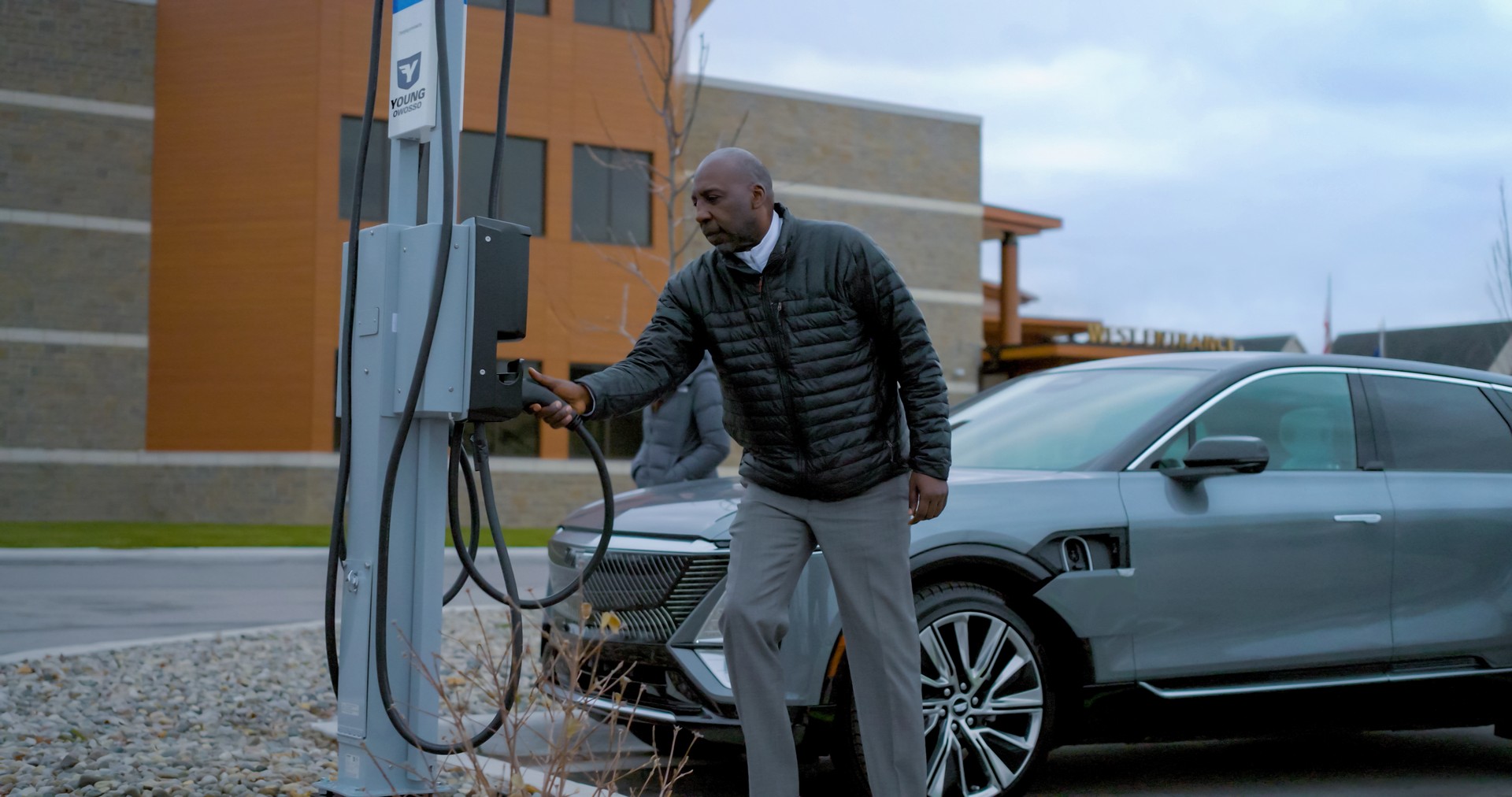Much of the discussion about America’s charging infrastructure has focused on DC fast chargers, but they’re only one piece of the electric puzzle.
Level 2 chargers have an important role to play as they effectively fill in the gaps left by DC fast chargers, which are normally located along highways. While there are thousands of Level 2 chargers scattered across the United States, many are slow, ‘dumb,’ and broken.
General Motors is looking to fix that with their Dealer Community Charging Program (DCCP), which was originally announced last year and is now taking shape as the first chargers have opened in Michigan and Wisconsin. The program is a partnership between dealers and the automaker, and participating dealers can receive up to ten 19.2 kW Level 2 chargers to be placed around their community.
Also: GM And EVgo Open First Joint Charging Stations, More On The Way
This promises to expand America’s charging network, while also delivering a vastly improved charging experience. As officials noted at a media briefing yesterday, most existing Level 2 chargers are rated at 7 kW or less. This means recharging electric vehicles at them is a slow process and this is complicated by the fact that many of these chargers have lackluster support, so they could be out of commission for extended periods of time.
The DCCP gets around these issues by offering more powerful chargers and support from FLO. As CEO Louis Tremblay explained yesterday, the company will monitor the chargers 24/7 and get an alert if one is broken. They can then quickly diagnose the issue and send out a technician, if necessary. Besides increasing uptime, the connectivity features will enable EV owners to see real-time information about charger availability.
GM Aims To Add Up To 40,000 Level 2 Chargers Across The U.S. And Canada
While the first chargers have already been installed, tens of thousands more are on the way. Nearly 1,000 Chevrolet dealers have already signed up for the program and it will expand to Buick, GMC, and Cadillac dealers next month.
GM will provide some basic guidance on where the chargers would be helpful, but dealerships will play a significant role as they know their community the best. That being said, suggested locations include parks, schools, entertainment venues, small businesses, and other popular destinations where people will normally spend a few hours of time.
Since nearly 90% of the U.S. population lives within 10 miles (16 km) of a GM dealership, the program is expected to bring chargers to underserved rural and urban areas. This is critical for increasing EV acceptance as there are still ‘charging deserts,’ where infrastructure is little to non-existent.
Wheelers Chevrolet was the first dealer to participate in the program and their involvement saw chargers installed at a number of locations in Marshfield, Wisconsin. Owner Mary Jo Wheeler-Schueller joked the city probably has as many cows as residents but, thanks to the program, the roughly 19,000 people who call Marshfield home can now easily recharge electric vehicles. Wheeler-Schueller went on to say she worked with the city to find suitable charging locations, which would not only be helpful for EV owners but also feasible and cost-effective.
Speaking of costs, GM said pricing would vary for using the chargers. However, the automaker expects some will likely be free to use. Officials also noted the charging stations will be open to everyone, not just GM owners.
Additional chargers are set to open in the coming weeks and this infrastructure is important for GM, which sees a zero emissions future. The company contends vehicles are only part of the equation as education and infrastructure have big roles to play.







